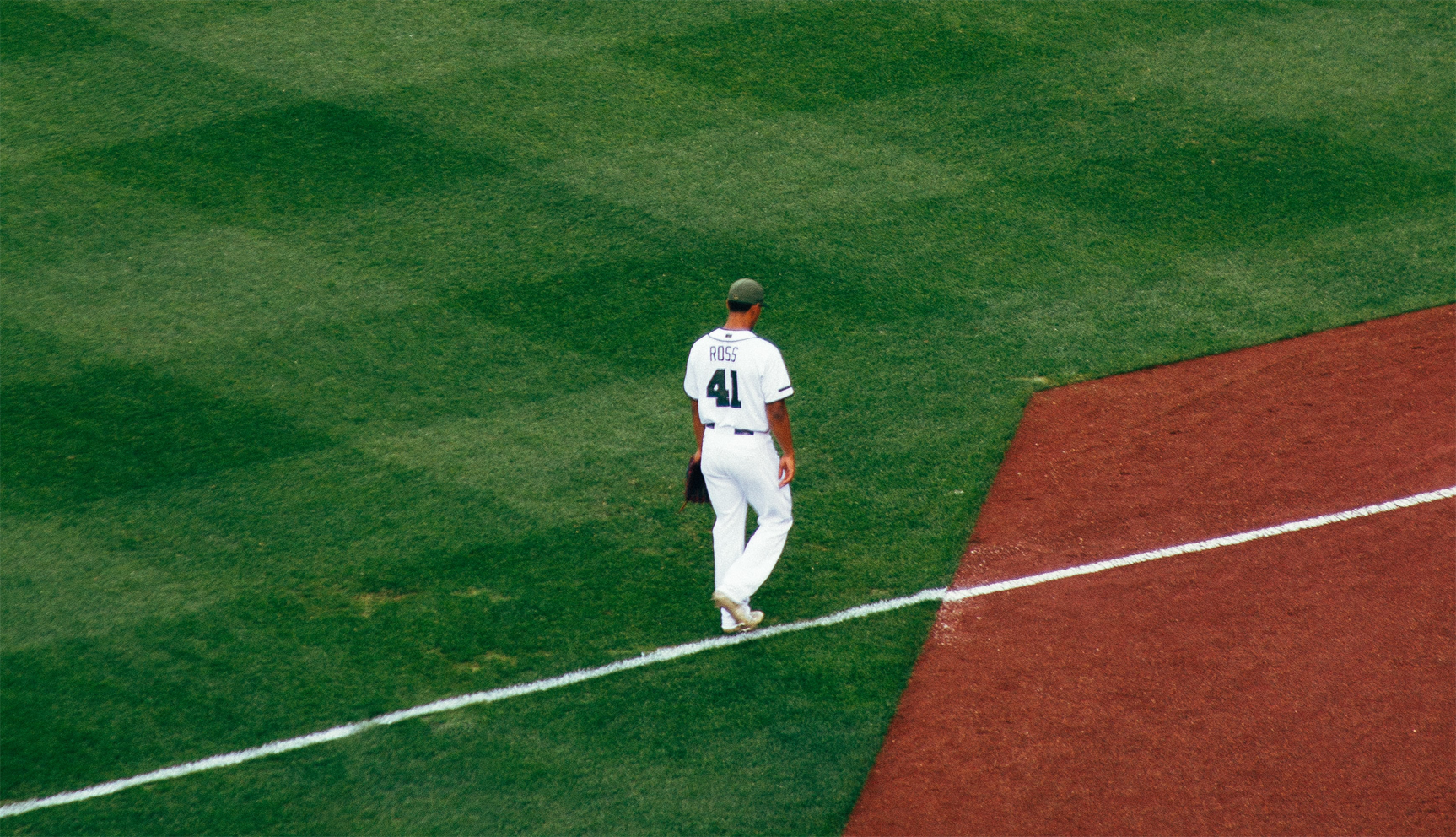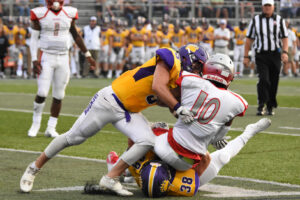
Motivation and Resilience in Times of Stress
The covid-19 pandemic and governments’ initiatives to control or stem its impact have brought us face-to-face with a level of control and stress we have probably not experienced in our lives. In Australia, we are encouraged to take exercise but also follow ‘social distancing’ – staying away a prescribed distance from others outside our homes. Children are banned from playgrounds because equipment surfaces cannot be disinfected. Gyms are closed for similar reasons. What does this mean for exercise, and more particularly training for athletes? Sports competitions of all kinds, of course, are largely in abeyance while we wait for changes in social controls and the resumption of organised sports. But meantime, athletes face special challenges in managing their training programs to maintain their fitness and readiness, and in a mindset that remains positive. A recent story in the media – one of many – was on policing social distancing. A young woman athlete, in track and field, wanted to observe social distancing, but also to continue with her training, which involved running a standard distance on a sports ground or oval. To ensure social distancing, and because many walkers and others in parks worry about the spread of the virus through exhaling joggers and runners, she drove to a sports ground where there was ample scope for her to train without limiting herself or others. She was obviously disappointed to be approached by a (woman) police officer, who told her this was not approved exercise, because she was too far from home (a distance not clearly stated). She was allowed to continue her lap but was instructed to then return home. This is one of many such instances where the rules may not be clear, or may not be understood, or the rationale behind them does not bear close scrutiny, however supportive we are of the overall intent. In this case, the athlete, given presence of mind – and also willingness to take a risk in arguing with a police officer – could rightly have pointed to this as part of her ‘work’ (work is permitted), because she is indeed a professional athlete and without maintaining a program she will be disadvantaged in that employment. By way of comparison – and this is controversial – hairdressers have been allowed, even encouraged to continue in their employment, even though social distancing is clearly impossible. At almost the other end of the scale, a government-funded program to support exercise for diabetes sufferers provides weekly or biweekly sessions with an exercise physiologist, usually in small groups, to craft individual programs for enhanced movement and flexibility, together with advice on how activity can help in diet management and better health. Inevitably many of these programs cannot for the time being be offered in groups – group activities generally are discouraged or disallowed. One creative answer to this has been to run such sessions for individuals in a virtual group, using a platform such as Zoom or Facetime. Recordings and DVDs can also add alternatives. Here the challenge of motivation is of a different kind. Under the eye of a physiologist, the range of movement, rate of exercise and judgement of capacity can all be assessed. Those participating, once they attend, feel an obligation to complete the exercises. Is this sustainable in the same way if they do so at home, especially if they must rely on ‘distant’ record instructions? Governments in Australia have been very good so far in using social distancing to manage infection rates. They have also been good in encouraging exercise as a legitimate part of continuing life quality and a benefit for good health. What has been harder is projecting a sense of motivation – other than community survival, with an underlying message of fear. If your first message is “Stay home”, how can you motivate people to exercise when implicitly the main message is to limit your more extensive movement to avoid risk? Walking the dog is approved exercise – only if you walk the dog locally. Running around the oval is approved, if you get there close by. There has been growing interest in longer-term psychological health effects of such distancing. Motivation comes into play here. We all need to be creative in drawing on reserves of motivation and resilience to continue this important part of our lives and health. For athletes at any professional or serious level, this is an especially challenging time. For those of us out walking at a slower pace and perhaps a little wary of those heated, exhaling bodies rushing past us – hopefully at a good distance – ask, won’t we want to see them perform at their best when all sports resume? Answers are not easy here, but reflection on motivation may – should – lead us to a broader understanding of others’ needs and the importance for all of us to use our inner resources to their best level. This is a story in progress… Background D Yuhas. 2012. Three critical elements sustain motivation. Scientific American 1 November, https://www.scientificamerican.com/article/three-critical-elements-sustain-motivation/




